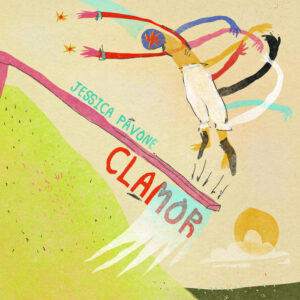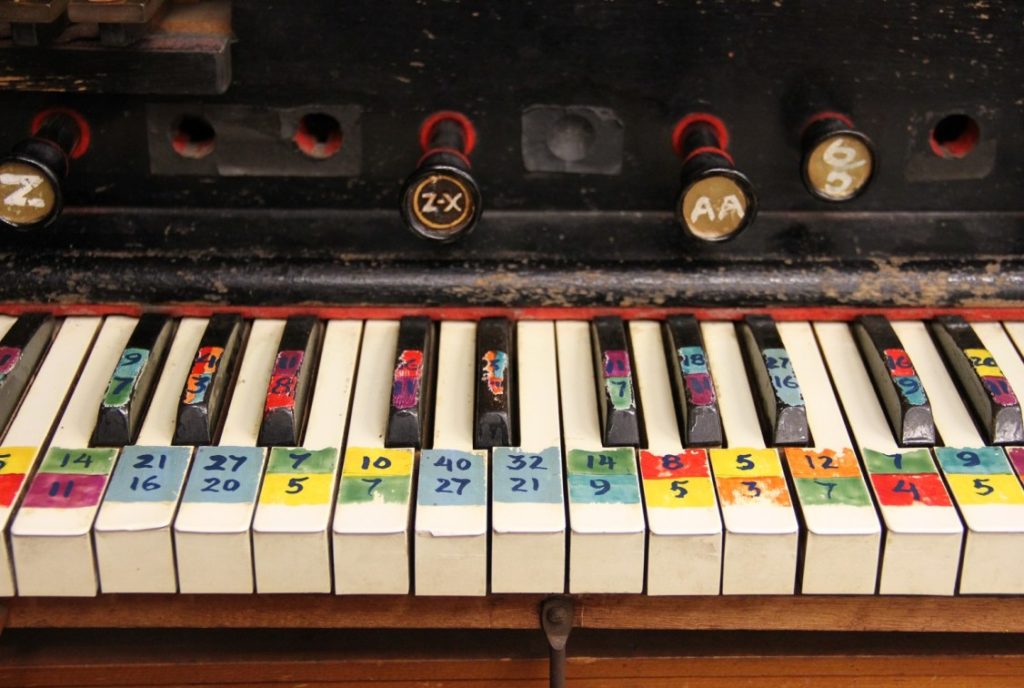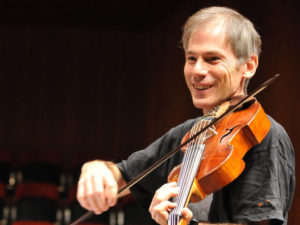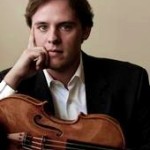Jessica Pavone
Clamor
Out of Your Head Records
Violist Jessica Pavone has made a detailed study of microtones, excelling as well at techniques such as harmonics, bow pressure, and multi-stops. Clamor, her latest recording for Out of Your Head Records, combines all of these in four extended solo works.
As the title of the recording suggests, there is a fair amount of dissonance and noise. Not so on the first track, “Neolttwigi,” in which sumptuous multi-stops, modal melodies, and the exploration of multiple overtone series combine in one of Pavone’s most memorable compositions to date.
“Nu Shu,” split into Parts 1 and 2, is an exuberant celebration of noise, with the aforementioned pitched components saturated with dissonance and unpitched string sounds, bow pressure chief among them. Pressed harmonics are redolent with upper partials. Pavone frequently plays them in the piece. When fleet melodies take over, they too are distorted, at times sounding more like electric guitar than viola. Tapping and scratching various places on the viola yields percussive effects. A held bass note with ascending glissandos is a reverberant refrain. While much of this suite explores noise, not all of it is loud. One of the best passages is a soft presentation of scratchiness alongside descending glissandos and repeated notes. Its finale, however, is filled with exuberant yawping fortissimos.
The final track is “Bloom,” on which Pavone explores the language of folk music in a doleful, Celtic-sounding, opening tune. Ornamented with filigree and supported by a drone in the bass, it once again returns Pavone’s music to a more pitch-based palette. A squall of semitones interrupts the reverie, but the drone and tune soon return. Multi-stops and a placid ostinato then undergird high harmonics. Repeated notes animate the tune, but this is contravened by the persistent stillness of the rest of the texture. Swelling modal harmonies, once again capped off by dissonant verticals, provide a fascinating interlude that soon is interrupted by the opening drone and slower oscillations. As “Bloom” moves toward its conclusion, dissonances are juxtaposed against a different drone. At the height of the intensity, modal chords commingle with the more fraught elements, imparting a diverse sense of harmonic movement. “Bloom” ends enigmatically, on an accented, dissonant, high chord.
Pavone has distinguished herself as a talented soloist (and collaborator) and a dedicated investigator of extended materials. Clamor is her best to date, with daring contrasts and not a note – or scratch – out of place. It is one of my favorite recordings of 2023.
- Christian Carey





